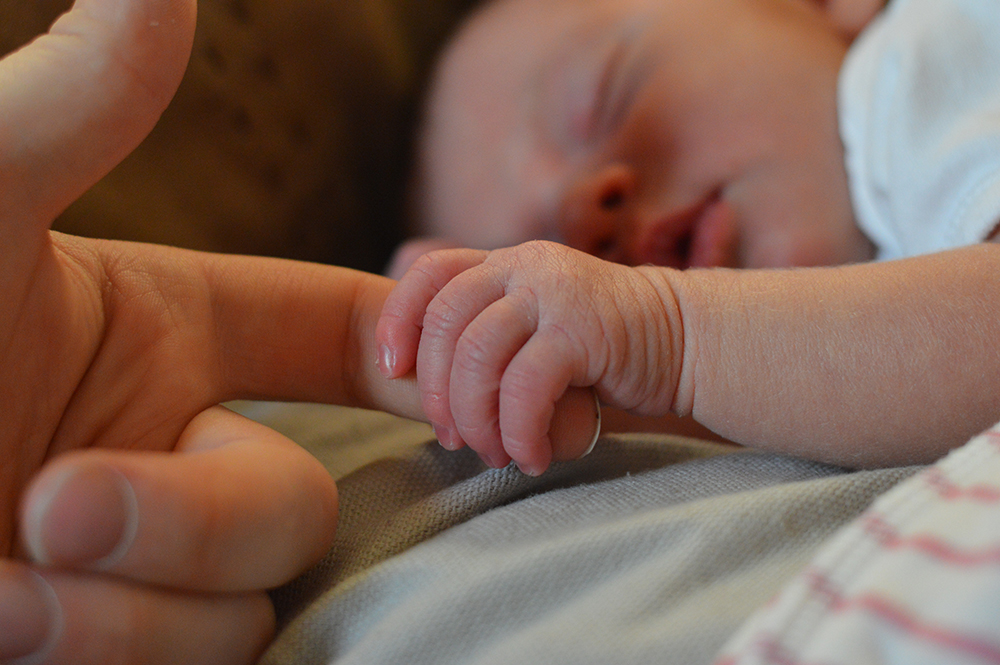Many are familiar with the phrase, “To be or not to be—that is the question.” Though this sentiment originally appeared in William Shakespeare’s Hamlet, it is now an expression for situations in which there are difficult choices to make. One such situation that we experience regularly at Victory Reproductive Care is the patient’s decision regarding how many embryos to transfer during an in vitro fertilization (IVF) cycle.
DECIDING HOW MANY EMBRYOS TO TRANSFER
This is compared to 1 percent among those receiving a single embryo (this is the result of one embryo splitting, also known as natural twinning). This represents a 20-plus fold increase in the rate of twins. Similarly, the rate of triplets among patients doing a single embryo transfer is 0 percent and, because of natural splitting, goes up to 1 to 2 percent among the group receiving 2BET.
Thus, when transferring two embryos, one of the embryos (and less frequently both embryos) can split to produce identical twins. This rate represents more than a 100-fold increase when compared to single embryo transfer.
THE GROWTH OF ESET

It’s no surprise that the majority of reputable fertility centers in the United States adhere to these guidelines, which intend to maximize success and minimize the incidence of pregnancies with multiple conceptions and their potential complications.
Based on our own clinical excellence and published data, Victory Reproductive Care not only supports the ASRM guidelines, but we also have our own recommendations for patients beyond the ASRM, due to our higher rates of embryo implantation and success. Among couples being treated with IVF, there are many excellent candidates for eSET that we can identify before and/or as their treatment progresses.
These patients are usually younger than 38 years old, going through their first IVF treatment cycle, or have had a pregnancy in a previous IVF cycle.
They also may have one or more top-quality embryos (usually blastocysts) available for transfer, or those patients using donor eggs. We’ve found that the pregnancy rate after an embryo transfer is similar if we transfer one embryo (eSET) or two embryos (2BET). These success rates are incredibly important in light of the risks associated with multiple pregnancies.
RISKS INVOLVED IN MULTIPLE PREGNANCIES
The higher the rate of multiple pregnancies (twins, triplets, etc.), the greater the frequency and severity of risk for both the mother and the babies. The increase in risk translates into higher rates of complications for the mothers, including miscarriages, bleeding, bed rest, and obstetrical complications (such as gestational diabetes or pregnancy-induced hypertension) and the need for more cesarean sections. The babies in multiple pregnancies can also be adversely affected by smaller sizes, growth of one twin at the expense of the other (twin-twin transfusion syndrome), premature delivery, need for intensive care after birth, developmental disabilities, cerebral palsy, and even increased mortality rates.
Therefore, for those patients who meet the recommended guidelines for eSET, the only difference in transferring one or two embryos is an increased risk for the mother and the child(ren). This situation then raises the question: Why not opt for an eSET when such an option is present? For some patients who have been trying for a long time without success, their hope is that transferring more embryos will increase pregnancy rates.
As mentioned previously, however, this is not accurate since eSET provides very similar success rates as transferring multiple embryos, but without the many risks associated with multiple pregnancies. For some patients, a single embryo transfer might be medically necessary (i.e., not a matter of patient choice or preference). But for others at Victory Reproductive Care, they can choose to transfer two embryos—but this decision should follow a discussion of the advantages and disadvantages of each option with their physician based on the data and the risks above.
Victory Reproductive Care is proud to acknowledge that the rate of patients selecting eSET in our practice is among the highest in the nation, thereby lowering risks to patients and their offspring without significantly compromising success.
Based on solid data collected from thousands of treatment cycles over many years of experience at Victory Reproductive Care—and confirmed by many other studies in the United States and Canada —when one faces a choice between eSET or multiple embryo transfers, the best and safest answer is often eSET.



